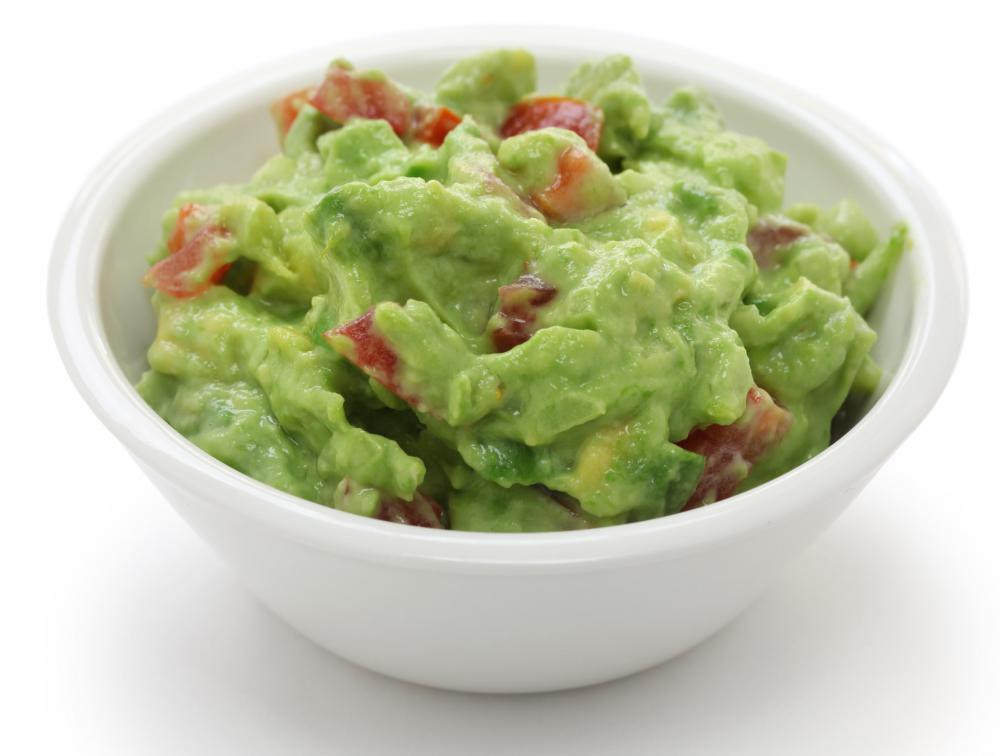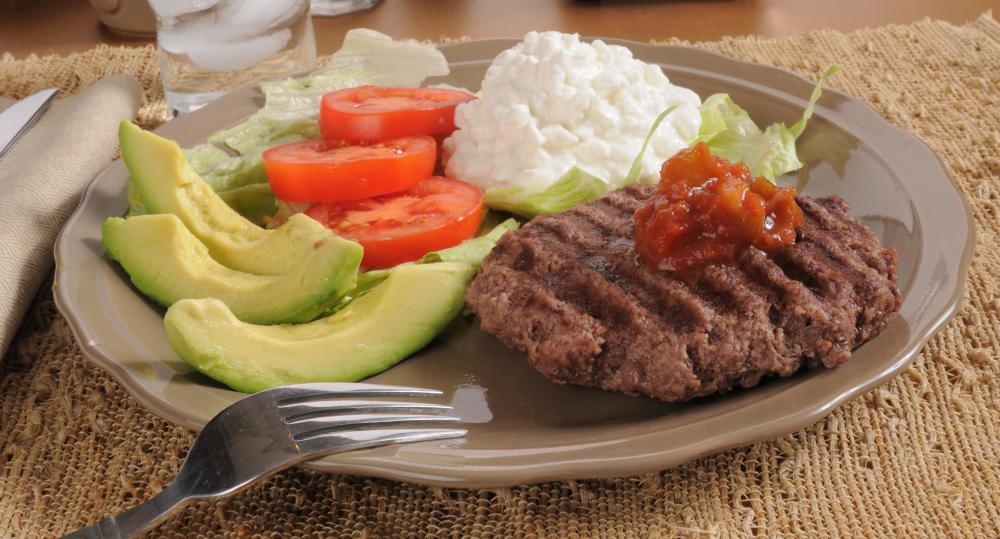At DelightedCooking, we're committed to delivering accurate, trustworthy information. Our expert-authored content is rigorously fact-checked and sourced from credible authorities. Discover how we uphold the highest standards in providing you with reliable knowledge.
When Is Avocado Season?
Avocados tend to grow best in warm climates, but defining their precise “season” can be something of a challenge as it can vary so much from place to place. In regions where the weather is generally temperate year-round, the fruit may be always in season. In most locations, though, the primary growing season begins in the spring and continues through the autumn. Many commercial grocery stores will aim to keep the fruits constantly in stock, but buyers should be aware that not all fruits are the same. Avocados come in many different styles, sizes, and varieties, and each has its own unique growth pattern.
Basic Seasonal Guidelines

Around the world, avocados are grown in warm climates between 45° North and 60° South latitude. The fruits need a lot of sunlight and relatively dry soil conditions in order to thrive. Buds usually burst in early spring, and the fruits will develop and mature as the sun’s intensity strengthens. Most are ready for consumption by late summer or early fall.
The California Season

The U.S. state of California is one of the world’s largest producers of avocados. Farmers there tend to grow the “Hass” variety, which matures quickly and produces a large, attractive fruit. The Hass is generally available beginning in late March and ending in early to mid-September, though of course a lot depends on weather patterns, storms, and basic growing conditions. Droughts and unusually cold weather tend to reduce crop availability, which can alter the start and end points of avocado season while also impacting price. Export demands may also place a strain on availability. Many California farms sell their goods to grocers around the world during the peak growing season.
Differences by Country

California in no way has a corner on the growing market. Avocado season in South Africa runs from June through October, and from March through January in Australia. New Zealand produces avocados for export from August through March but has them available domestically year-round.
The season runs July through April in Chile and May through August in Peru and Argentina. Mexico rivals California as the world’s largest producer of avocados. Farmers there are often able to grow Hass and other varieties continuously, which means there is never an “off” season.
Understanding Year-Round Availability

Fruit trees typically have both “dormant” and “fertile” phases that correspond with seasonal weather changes. Farmers in very warm places — the central parts of Mexico and New Zealand among them — are often able to avoid dormancy entirely, which allows trees to produce fruit on a continual or near-continual basis.
It is also possible to mimic these results with artificial growing conditions. A greenhouse is a key example. Growers who keep trees in temperature-controlled and constantly monitored environments are often able to produce fruit year-round, even in places that would normally be considered too cold or hostile for even regular seasonal growth. Hothouse or greenhouse avocados are often available in grocery stores year-round, but they tend to be more expensive on account of the added costs of growing them.
Growing Avocados at Home

People often try to grow avocados at home, though getting good results can be somewhat challenging even in ideal climates. Getting the fruit’s pit to sprout is usually the easiest part, as all it really needs is a bit of water and a moist environment. Nurturing that sprout into a viable plant takes a lot of patience and a lot of time — often several years at least.
Getting an avocado tree to bear fruit usually requires some form of pollination or fertilization. Plants that grow up in isolation often end up sterile — they will produce buds and flowers, but rarely any fruit. Home growers can encourage production by planting several trees together, or grafting branches from existing trees onto new shoots. Once even a fertile tree gets established, though, it can take a couple of years for it to fall into a regular pattern of seasonal production.
Popular Uses and Fruit Handling Tips
Avocados are very popular around the world, and are featured in a wide variety of dishes. They are a key ingredient in guacamole, for instance, a dip that also features tomato and garlic. The fruit can also be eaten on its own, often on sandwiches or as a topping for foods like chili.
Their smooth, buttery taste impacts their popularity, but they are also considered by many to be a health food. Many in the medical community praise avocados for their phytonutrient and monounsaturated fat content. Phytonutrients have antioxidant qualities, and monounsaturated fat has been shown to reduce cholesterol levels in the blood and can be particularly beneficial in helping to control blood sugar levels and reduce the risk of heart disease.
The avocado has a thick green skin that becomes softer, thinner and darker as the fruit ripens. To prepare an avocado, it should be sliced in half lengthwise with a paring knife. In the core there is a large seed that can be easily popped out, and the two halves can be scooped out with a spoon. An overripe avocado will have dark spots inside. These areas should be cut away, as they may be signs of early spoilage and often have a somewhat unpleasant taste.
AS FEATURED ON:
AS FEATURED ON:















Discussion Comments
Avocados are vegetables.
@browncoat - It's a good idea to grow your own tree if you have the right climate for it, however, don't try to grown one from the seeds of the fruits you buy in the stores. The tree you grow won't look anything like the tree you're expecting and it will take six years before it even begins to fruit.
You're much better off getting a grafted tree from the local nursery and using that. I know, people like growing the seeds so their kids can see the sprout and everything, but avocados are a species that's been propagated by humans for a long time and are generally not very good breeders when left to their own accords. The tree you get from a store will be grafted on strong root-stock and will be able to serve your family for years to come, while there's no guarantee that a tree grown from seed will be able to produce decent avocados in season.
@browncoat - That's why it's definitely worth buying them a lot when they are in season, because they will be super cheap. If they aren't in season, they tend to be much more expensive, I find, although it depends on where you live and how good they are at importing them.
My favorite of the avocado varieties is the hass avocado, so I just wait for that kind. I find the other types to be much more bland.
It is worth growing your own tree if you love avocados and the sooner the better as the tree will take a few years to get to the point where it can be harvested. A good sized avocado tree will give you more avocados than you can eat, though, so you'd better be prepared to use them, or give them away.
Alternatively, you can find a friend or neighbor who has a tree, because, as I say, a lot of the time the fruit goes to waste since the trees produce such a huge amount once they get going. My grandfather had a mature tree when I was a kid and we would eat them for lunch and dinner and still not get through the piles that ended up in the fridge.
Post your comments